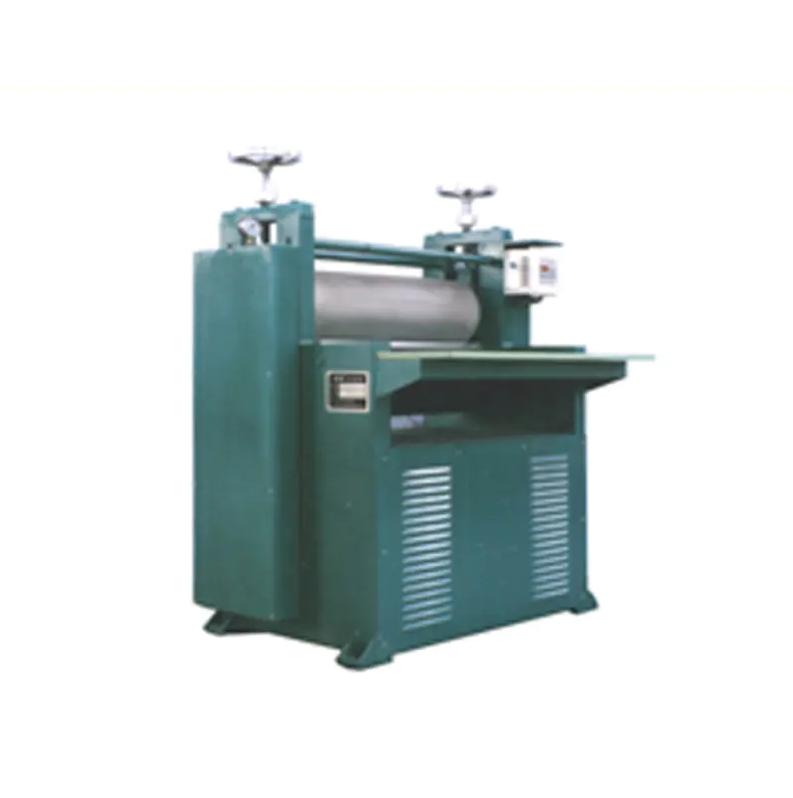In today’s fast-paced manufacturing environment, automation plays a crucial role in optimizing productivity, consistency, and labor efficiency. One of the industries that has seen a notable transformation through automation is the card printing and game supply sector, particularly with the introduction and evolution of the Playing Cards Making Machine. The question of how automated these machines have become is important for both manufacturers looking to upgrade their production capabilities and entrepreneurs considering entry into the playing cards market.
A modern Playing Cards Making Machine typically integrates multiple production steps into a single, continuous workflow. These include paper feeding, offset or digital printing, precise registration for front and back alignment, drying, lamination, automatic cutting, corner rounding, and often even stacking and packing. Each of these steps, once manually executed and labor-intensive, is now handled with a high degree of precision by integrated computerized modules. As a result, the automation level in these machines is not only impressive but also essential for high-volume and high-precision production.
One of the most significant indicators of automation in a Playing Cards Making Machine is its Human-Machine Interface (HMI) and programmable control systems. Most high-end machines come equipped with touchscreen panels and intuitive software that allows operators to select card sizes, define printing templates, monitor machine status, and adjust parameters in real time. This reduces human error and makes changeover between different card designs or sizes extremely fast, sometimes taking just minutes.
Automated registration systems are another key advancement. Ensuring that the artwork on the front and back of a card aligns perfectly is critical in card manufacturing. Manual alignment not only slows down production but also increases defect rates. Today’s Playing Cards Making Machine models use optical sensors and servo motors to make micro-adjustments at high speed, ensuring accurate alignment for every single card in a batch. These systems operate at speeds of thousands of cards per hour with tolerances of fractions of a millimeter.
In addition to printing and cutting, material handling within the machine is also fully automated. From the moment raw sheets or rolls are fed into the system, the material is transported through various stations using vacuum suction, rollers, and conveyors without manual intervention. Some machines even include robotic arms or stackers at the final stage to collect finished cards, organize them into decks, and prepare them for packaging.
The level of automation in a Playing Cards Making Machine not only enhances production speed but also ensures consistency in card quality. Uniform thickness, precise corner curvature, even lamination, and accurate color reproduction are all outcomes of controlled, automated processes. This consistency is crucial not only for professional playing card manufacturers but also for industries producing collectible card games, tarot decks, educational cards, and promotional items.
Furthermore, automation plays a vital role in reducing waste and improving cost-efficiency. Automated systems can detect printing errors, misfeeds, or jams in real time and either correct them automatically or halt the machine to prevent further damage. This proactive functionality minimizes material loss and maintenance costs. With environmental and cost concerns becoming increasingly important, modern machines also support energy-saving modes, auto shut-off functions, and optimized ink usage.
